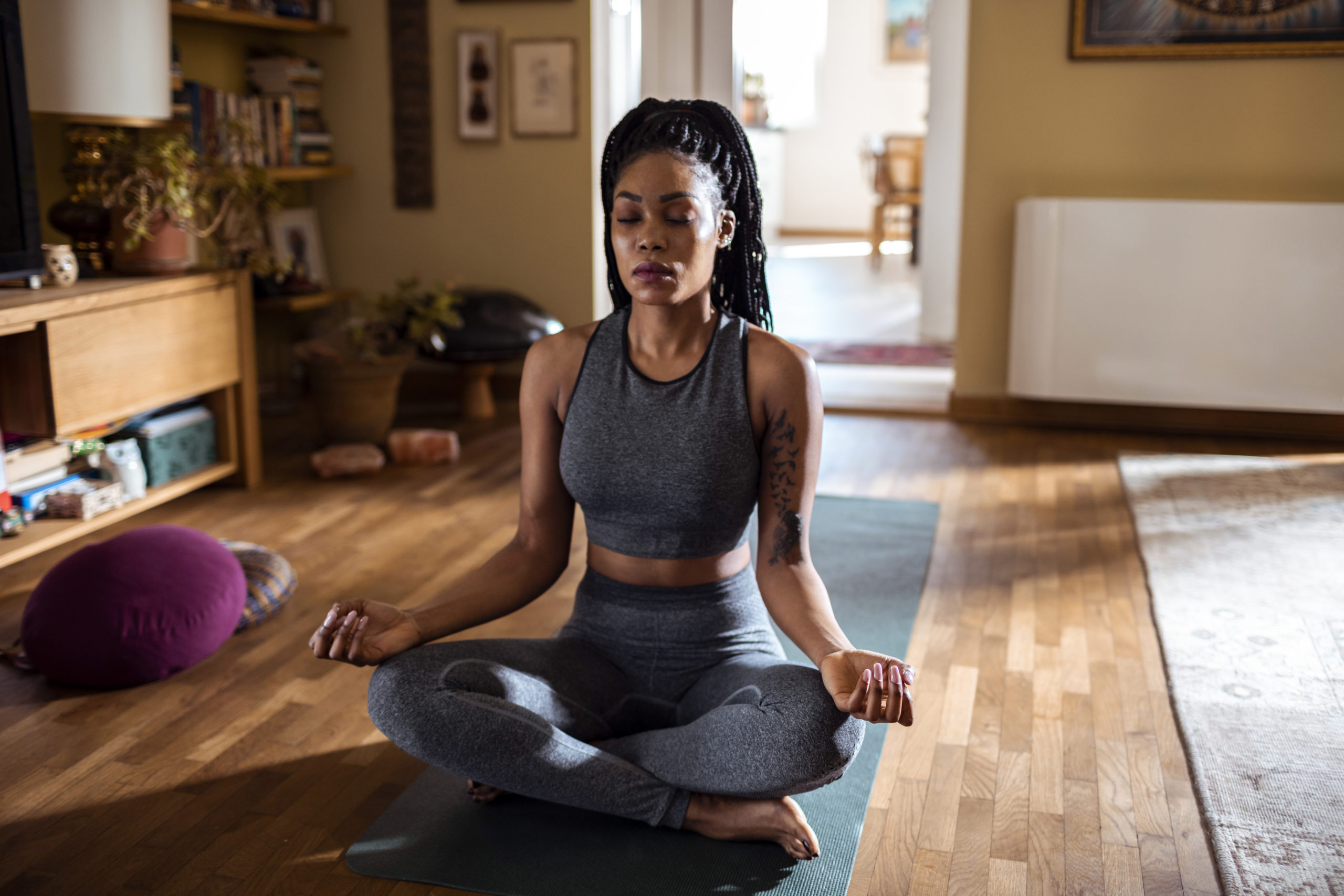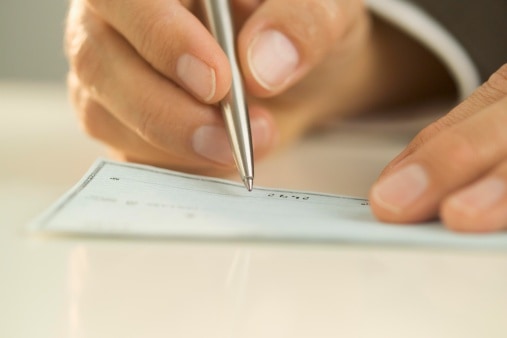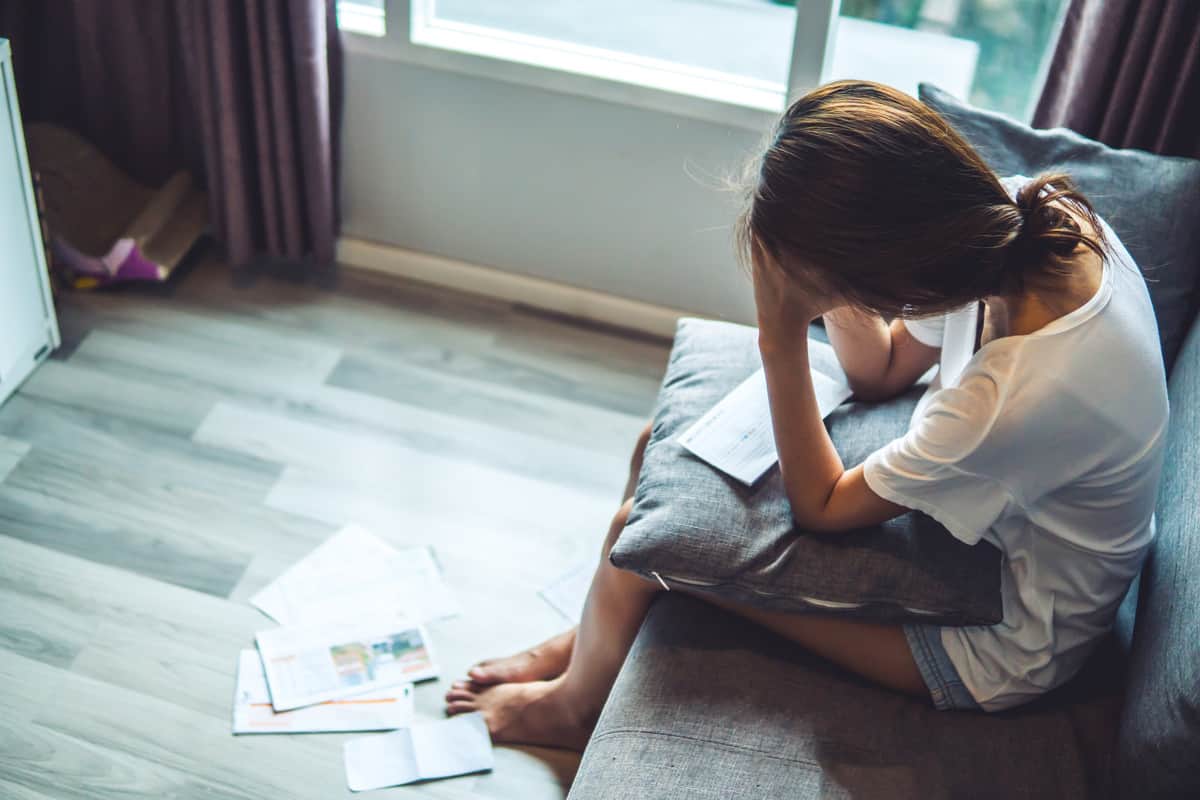For most people, modern life has gotten more stressful. The usual grind of working hard and paying the bills has been upended by a global health crisis and the resulting economic troubles.
Even when life is running normally, the American Psychological Association found in a 2019 survey that over three-quarters of adults experience emotional or physical symptoms caused by stress, such as fatigue, headaches, or changes in sleeping patterns. If your personal health or finances are being threatened by the COVID-19 outbreak, you’re likely feeling even more distressed.
You might think that it’s difficult to find time to take care of yourself, especially when money is tight. However, when you’re dealing with stressful circumstances that are out of your control, self-care may be more important than ever. Fortunately, there are many ways to practice self-care that won’t cost you anything beyond what you’re likely already paying for.
Click on a link to learn more about self-care and find the right form for you:
What Is Self-Care?
The term “self-care” gets thrown around on social media so much that it may seem like a passing trend. But if you don’t consistently take care of your mental and physical well-being, the effects of stress can be detrimental to your health, relationships, and job performance.
According to counselors at North Carolina State University, self-care is “an approach to living that incorporates behaviors that refresh you, replenish your personal motivation, and help you grow as a person.”
Engaging in self-care doesn’t simply mean doing the things you enjoy. Sometimes the things we do to unwind can have unhealthy side effects, like overeating or sleep loss. The Counseling Center at NC State University suggests choosing self-care activities that benefit your physical, mental, or spiritual well-being — like exercise, drawing, and meditation.
How To De-Stress at Home — for Free
If you feel guilty about taking time for self-care and worry that it’s selfish or an irresponsible use of resources, try thinking of it as maintenance rather than an indulgence.
“A lot of people think of self-care as ‘treating yourself,’ and sometimes those treats can become a little ‘spendy,’ i.e., spa days, retreats, expensive gym memberships,” says Brooke Slade, a Los Angeles-based certified nutritionist and founder of Lovewell Nutrition, which specializes in combining self-care and nutrition. “However, self-care is literally anything that allows you to maintain your well-being and refill the cup from which you pour, daily.”
She says that practicing self-care doesn’t require expensive purchases, especially if you’re worried about money right now and staying at home under a statewide order. Much like exercise, there are different approaches to self-care, and it may take some trial and error to figure out what works for you.
“There’s no one-size-fits-all self-care; the motivational mantras your favorite wellness influencer posted this morning just may not do the trick for you, and that’s OK,” Slade says. “The type of self-care needed varies from person to person, moment to moment.”
Here are a few self-care ideas that you can try practicing at home, at no additional cost to yourself.
1. Get Your Body Moving
Over 80% of American adults don’t get enough exercise in the areas of strength and endurance, according to the U.S. Department of Health and Human Services, even though physical activity has been proven to support mental health.
A 2018 study published in The Lancet shows that people who are physically active report fewer days of poor mental health each month. Other studies have detailed how exercise reduces anxiety and depression while boosting self-esteem and cognitive function.
The good news is you don’t need a fancy gym membership — or to even leave your home — to experience these benefits. There are plenty of free workouts you can try as part of your self-care routine.
Yoga
Yoga instructor Adriene Mishler has amassed a following of 6.9 million YouTube subscribers, who tune in for her workouts and sessions on mindfulness. In March, she added a video playlist of yoga practices meant to help people find peace during uncertain times. You can access Mishler’s videos as long as you have an internet connection and any device that supports YouTube.
If you’re new to yoga, you may want to start with the free version of the Simply Yoga app, which is rated 4.7 out of 5 stars on the Apple App Store. The platform provides 20-, 40-, and 60-minute yoga workouts, with demonstrations for each pose.
Cardio and strengthening
The 24GO Live channel, available on the 24GO app, was launched by 24 Hour Fitness to provide free workout options at home during the coronavirus pandemic. The channel offers livestream classes — including cardio high-intensity interval training and workouts targeting specific muscle groups — as well as wellness content, live chats, and more.
Additionally, Planet Fitness is livestreaming free daily “work-ins” for people of all ages, even if you’re not a member. All you have to do is tune in to the gym’s Facebook Live at 7 p.m. ET as part of its “United We Move” initiative.
2. Make a Difference With Meditation
Meditation is a complementary health approach that has grown more popular in recent years. A 2017 survey from the National Center for Health Statistics found that 14.2% of Americans had practiced meditation at least once in the previous year, compared with only 4.1% in 2012.
The CDC defines meditation as “the act of engaging in mental exercise to reach a heightened level of spiritual awareness or mindfulness.” Similar to how you need to routinely close out of your browser tabs and apps for your electronic devices to function more efficiently, your brain benefits from maintenance as well. Meditation has been found to reduce anxiety, depression, and insomnia, according to the National Center for Complementary and Integrative Health.
If you’re intimidated by the idea of meditation, you’re not alone — beginners often have trouble quieting the noise in their brain. Fortunately, you don’t have to pay for training. If you have an internet connection and a computer or mobile device, you should be able to download free apps that can walk you through the steps to clear your mind.
Take a Break
Take a Break is a free app that offers guided meditations for a seven-minute work break or a 13-minute stress-relief session. You can select your choice of background sounds, from the ocean, rain, a stream, or music.
Calm
The free version of Calm includes timed meditation options, the first day of all its multiday meditation programs, a customizable breathing exercise, and more. Calm was named the app of the year by Apple in 2017.
Headspace
Headspace provides free content that includes 10 sessions of the basics, three sessions of “Everyday Headspace,” and more. In addition to special access for healthcare professionals and educators, Headspace has created a free collection of meditation, movement, and sleep exercises to help ease stress during the COVID-19 outbreak.
3. Don’t Forget To Unplug
Keeping up with news alerts and your Twitter feed may feel essential to staying informed and present. However, Stephen Benning, a psychology professor at the University of Nevada, Las Vegas, highlights the importance of taking time away from that stimuli.
“You might find that the firehose of information overwhelms you at times,” he says. “If you find yourself getting more anxious when you watch the news or browse social media, that’s a good sign that you’d benefit from a break.”
Benning suggests muting Twitter and Facebook notifications or even turning off your devices for a few hours. When times get especially tough, the World Health Organization recommends that you avoid watching too much news coverage on COVID-19 that causes you to feel distressed or anxious. WHO also encourages seeking news updates at specific times of the day rather than exposing yourself to a constant stream of reports.
4. Step Up Your Sleep Game
Getting enough sleep doesn’t automatically make you lazy or negligent; instead, it helps protect your health. Compared with people who sleep at least seven hours in a 24-hour period, “short sleepers” — or people who get less than that — are more likely to report being obese and having chronic health conditions, according to the Centers for Disease Control and Prevention.
Though it may take some planning and effort, getting more sleep likely won’t cost you anything. Slade recommends improving your “sleep hygiene,” aka good sleep habits. Luckily, there are various inexpensive ways to enrich your bedtime experience.
“Make your bed, create a calm atmosphere with candles and low light, listen to soothing sounds or music before bed, or read a book,” she says.
As the evening progresses, you should start winding down in preparation for bedtime. For optimal sleep, limit your exposure to smartphones, tablets, or any source of bright light in general. Also, it can help to reduce your fluid intake before going to bed and keep a regular sleep schedule by waking up at the same time each day.
If you’re having trouble falling asleep or sleeping through the night, the American Academy of Sleep Medicine suggests completing a two-week sleep diary to identify how your behaviors during the day and routines before bedtime are affecting your sleep quality. Alcohol and caffeine consumption, lack of exercise, and other factors can contribute to restlessness at night.
5. Just Breathe
Focused breathing can help activate the body’s relaxation response, according to the American Institute of Stress. Just 20 to 30 minutes of abdominal breathing every day can reduce both stress and anxiety.
“Tapping into your breath is one of the quickest and easiest ways to calm your nervous system,” Slade says. “Try an exercise like square breathing to begin feeling more centered immediately.”
Square breathing involves inhaling, holding your breath, and exhaling, all in counts of four. Make sure you’re in a comfortable position, whether it’s sitting down or lying on your back.
The Bottom Line
Self-care doesn’t have to cost much — if anything at all — but skipping it may end up costing you in the long run. Stress can take its toll on your physical and emotional health, especially in times of crisis. However, you can help protect yourself by keeping different self-care techniques in your tool belt.
You can try different exercise programs, meditation sessions, and breathing techniques to see which ones you find most effective. Additionally, make sure to occasionally unplug from the noise and get enough rest. Some self-care tips may suit your lifestyle more than others, but what matters is that you recognize the importance of self-care and make time for it.



